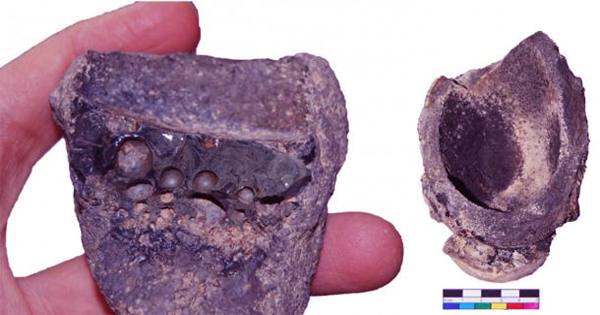Stainless steel is a ubiquitous aspect of modern life, providing protection against a small amount of corrosion in chromium and other metals, allowing us to use steel in an unimaginable way at once. The original science behind it was discovered around 1800 and is believed to have been first widely applied in the mid-19th century. However, this belief has long since gone into the cool hard reality of evidence of advanced steel making.
A dominant discovery in the late twentieth century was made about 1000 years ago, not 100 as most historians had imagined. The loss may be a reflection of the lack of respect for technologies of other post-Renaissance cultures in Northern Europe.
At first steel production was more of an industry than a science. As a result, traces of chromium in ancient steel weapons and equipment have been blown away by accident. Dr Rahil Alipour of University College London found evidence that instead the Persians were master steel makers who had a very good idea of what they had been doing for hundreds of years.
The synthesis includes a recipe for making steel in a crucible, the only evidence that this era has existed since a few steel makers were educated. Evidence of this can be found not only in ancient steel, but also in a manuscript from the tenth or eleventh century of the Western calendar entitled al-Jamahir fi Marifah al-Jawahi (‘A Struggle for Knowing Gems’).
Author Abu-Rayhan Biruni, famous for the breadth of his scholarship, cited it as an important material for making steel. However, over time it has become apparent that modern scholars were dissatisfied with what Biruni was actually saying.
“Our research provides the first evidence of the deliberate addition of chromium minerals to steel production,” he said in a statement. In the Journal of Archaeological Science, Alipour argued that the secret ingredient in Biruni was chromite, rich in chromium as its name implies.
They contain 1-2 percent chromium, much less used than stainless steel but sufficient to resist corrosion. Ancient documents refer to the Persian tea plantation as the center of steel making. Alipour and co-authors threw steel bits behind crucible sludge in a village in Iran known as Shahak.
Nevertheless, if the method is preserved, it can easily lead to long before modern steel-making techniques are discovered. Instead, the value of adding chromium to steel needs to be rediscovered from scratch. Alipore translated a thirteenth-century manuscript that praised Chahak Steel for its beautiful patterns but referred to its swords as fragile. In an age where soldiers’ lives depended on the longevity of their weapons but there was ample time to clean them, no less important than the rigidity of force-resistance.















